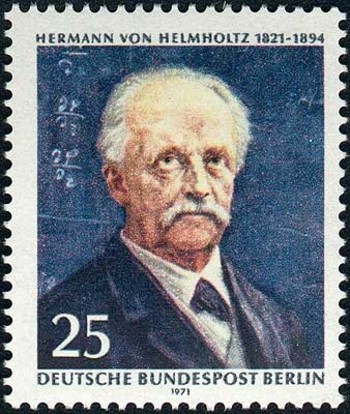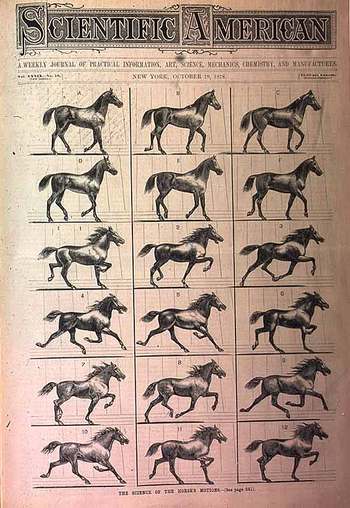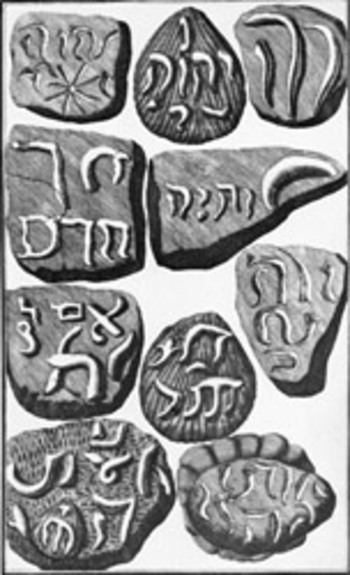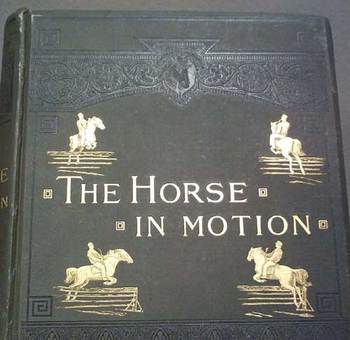JF Ptak Science Books Post 1785
Cases of High Recognition, Removal of Recognition, Failed Recognition and Imaginary, Never-Should’ve-Been-There Recognition
 The laws of thermodynamics have a somewhat complex parenthood, but it is the relationship of Helmholtz and Mayer in the First Law that we’re interested in here. In short, the great three laws (in short) state: Energy can neither be created or destroyed (First Law); All spontaneous events act to increase total entropy (Second Law); Absolute zero is removal of all thermal molecular motion (Third Law). Carnot (in a brilliant 124-page paper Reflections on the Motive Power of Fire), Joule and Helmholtz are generally associated with creating the First Law (with Clausius, Gibbs and Boltzmann for the Second and Nernst for the Third).
The laws of thermodynamics have a somewhat complex parenthood, but it is the relationship of Helmholtz and Mayer in the First Law that we’re interested in here. In short, the great three laws (in short) state: Energy can neither be created or destroyed (First Law); All spontaneous events act to increase total entropy (Second Law); Absolute zero is removal of all thermal molecular motion (Third Law). Carnot (in a brilliant 124-page paper Reflections on the Motive Power of Fire), Joule and Helmholtz are generally associated with creating the First Law (with Clausius, Gibbs and Boltzmann for the Second and Nernst for the Third).
It was Helmholtz who provided the mathematical proof (in 1847, in his "Ueber die Erhaltung der Kraft" "On the Conservation of Energy," ), the basis of the law of the conservation of energy. But even though he was the first in this particular part of the thermodynamics universe (which he later famously and incredibly declared in 1856 to be “dying”), he recognized the previous related work—which he evidently did not use or perhaps even know about—of Robert Mayer (1814 -1878) (1841, “Remarks on the Forces of Nature”), who basically stated that energy can be neither created nor destroyed, which is the sharp tooth of the law. The paper just showed up where it shouldn’t’ve. Helmholtz recognized its importance and later insisted on Mayer having priority in discovery—there was plenty to go around, really, and especially since it was Helmholtz who gave the law its mathematical foundation. It is just a very fine showing of intellectual appreciation and scientific ability that Helmholtz recognized the contribution of Mayer in such a fashion. (Helmholtz, a great experimenter, theoretician and teacher, makes frequent appearances in my wife Patti's blog--have a look!)
 Etienne Marey, who we have seen before in this blog, was inspired by Eadweard Muybridge’s photographs of motion—whom he credited of course—and who I think expanded upon and exceeded those achievements. Marey had a multi-field career and didn’t really want for much, professionally speaking, but there is a pretty significant slight in that career that bears. His photographs of horses in motion were stunning and shocking—being among the best photographs ever made showing the horse in all stages of motion. But when they were expansively included (used from sources like Marey’s “The Science of the Horse’s Motions” Scientific American, October 19, 1878) in J.B.D. Stillman’s The Horse in Motion in 1882, they were done without attribution, which is not a nice thing, as it would have been impossible for Stillman not to have known the origin of the source of his images—impossible. He just decided not to include Marey’s name.
Etienne Marey, who we have seen before in this blog, was inspired by Eadweard Muybridge’s photographs of motion—whom he credited of course—and who I think expanded upon and exceeded those achievements. Marey had a multi-field career and didn’t really want for much, professionally speaking, but there is a pretty significant slight in that career that bears. His photographs of horses in motion were stunning and shocking—being among the best photographs ever made showing the horse in all stages of motion. But when they were expansively included (used from sources like Marey’s “The Science of the Horse’s Motions” Scientific American, October 19, 1878) in J.B.D. Stillman’s The Horse in Motion in 1882, they were done without attribution, which is not a nice thing, as it would have been impossible for Stillman not to have known the origin of the source of his images—impossible. He just decided not to include Marey’s name.
On the other hand, coming back to the non-recongition of Ralph Alpher and Robert Herman in the discovery of the background radiation of the universe—“discovered” by Penzias and Wilson at Bell Labs in Holmdel—even though their earlier papers in 1939, 1946, 1947, 1949 and 1950 pointed the way, Penzias and Wilson didn’t know of them, didn’t use them, and found the thing on their own. By accident. Still, though, it would’ve been nice for them to mention Alpher and Herman in their Nobel speech. But they didn’t. They should’ve.
Lastly, the Imaginary Recognition bit—this is more accurately called a “hoax”. Perhaps one of the most famous cases—and perhaps the meanest—was in the case of Dr. Johann Bartholomew Adam Beringer (1667-1740) the Dean of the Faculty of Medicine at the University of Würzburg in Germany. Beringer was himself a mean man, proud, ill-spirited, boasting and ponderous, and of little patience to those who disagreed with him. So he was a public man with many enemies—a vocal, unrepenting man with enemies—and his enemies decided to have a go at him, salting a field in  which he collected geological specimens with incredible, spectacular, impossible samples. The samples spoke to his own geological-theological beliefs—in which god is never ever wrong—and the overly-excited Beringer ravenously collected/found them, and then, after a while, decided to publish a book on them. But before the book became a reality the fossil-planter s attempted a change of heart, trying to divert Beringer’s attention away from the possibility that the stones were real, going so far as planting fossils with shooting stars, Hebrew characters, and the like. Beringer proceeded on with publication (and his “lying stones”), and then after publication, all became revealed, basically ruining everyone. It was a mean escapade, al the way around, and a huge waste of time. Perhaps everyone got what they deserved.
which he collected geological specimens with incredible, spectacular, impossible samples. The samples spoke to his own geological-theological beliefs—in which god is never ever wrong—and the overly-excited Beringer ravenously collected/found them, and then, after a while, decided to publish a book on them. But before the book became a reality the fossil-planter s attempted a change of heart, trying to divert Beringer’s attention away from the possibility that the stones were real, going so far as planting fossils with shooting stars, Hebrew characters, and the like. Beringer proceeded on with publication (and his “lying stones”), and then after publication, all became revealed, basically ruining everyone. It was a mean escapade, al the way around, and a huge waste of time. Perhaps everyone got what they deserved.




Comments